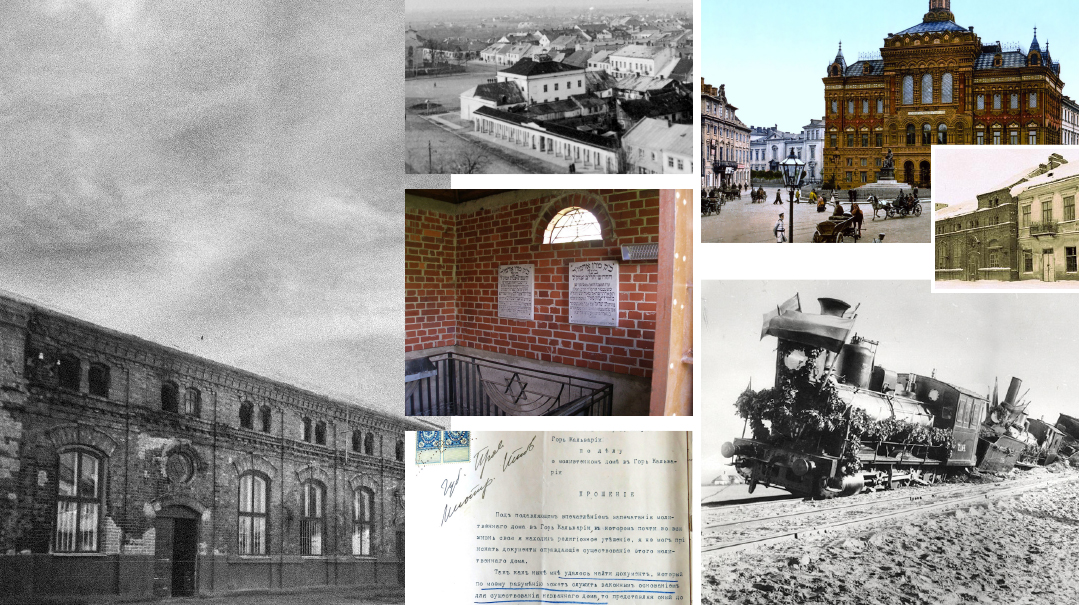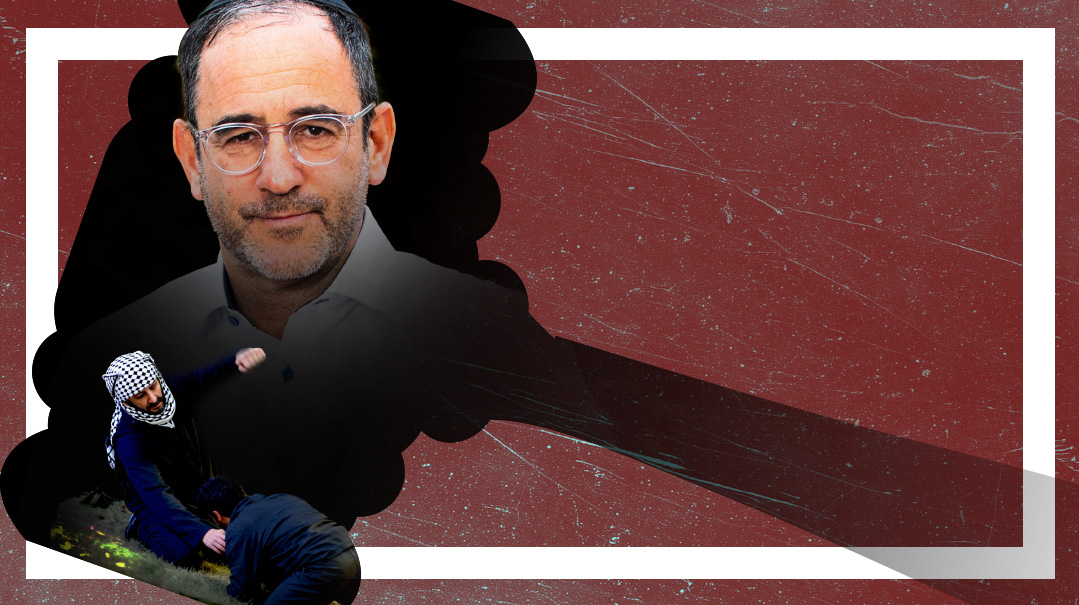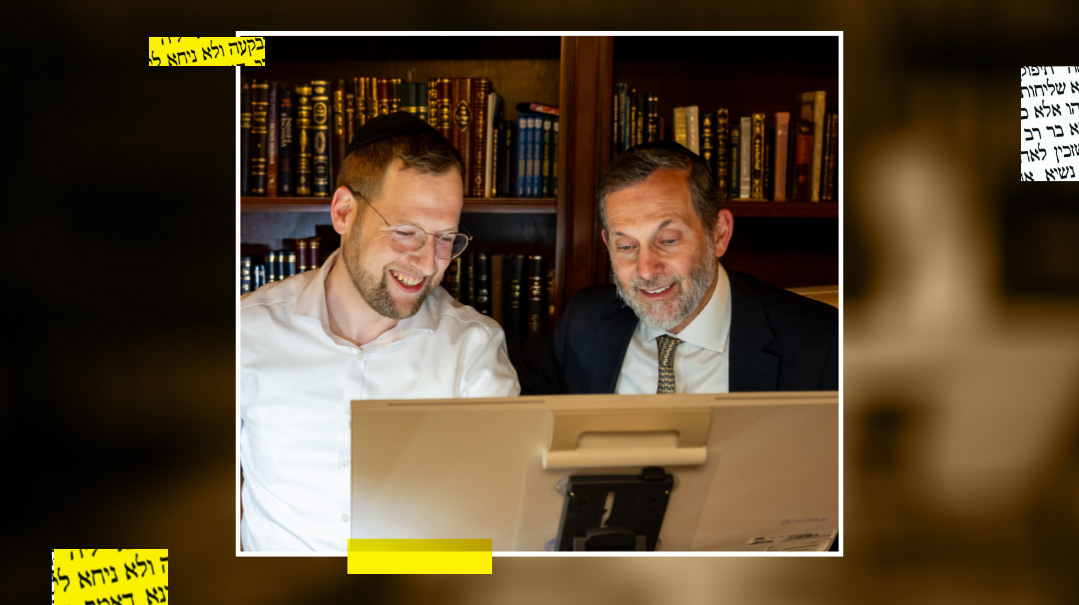Listen to the Language of Truth
| February 4, 2025While we’ve been learning Sfas Emes for 120 years, his personal life is still a mystery

Photos: Machon Zichron Kehillos
While the Jewish world has been studying the works of the Sfas Emes for over a century, this second Rebbe of Gur is the only gadol of his stature about which no biography has yet been written, about whom we really know so little. Yet as we delved into a cache of old newspapers and notices 120 years after his passing, we got a glimpse into the Rebbe’s mesirus nefesh for his people living through frightening and threatening times
All over the Jewish world, rabbanim and lay people, scholars and balabatim, chassidim and Litvaks, continue to learn the holy works of the Sfas Emes, whose seforim — judging by the numerous editions and reprints — are among the most widely studied chassidic works in the Torah universe.
Yet even as Jews all over are marking 120 years since his passing on 5 Shevat, 1905, at age 57, most of them don’t really know much about his actual life. Many books have been written analyzing the teachings and philosophy of the Sfas Emes — Rav Yehudah Aryeh Leib Alter, the second rebbe of Gur — yet in all these years, there has not been written a single comprehensive biography of his personal history.
Maybe that’s why, whenever a new personal detail is uncovered, it’s immediately pounced on — like a recently discovered clipping from a Jewish newspaper written by the wife of the Sfas Emes, a call for help regarding an unidentified 20-year-old deaf-mute girl who’d been found in Warsaw and placed in a Christian institution where she refused to eat the nonkosher food. The note was a plea to the community for her parents to come forward and secure her release — and at the bottom was signed, “Yocheved Alter, Rebbetzin of Gur.”
The dearth of information on the Sfas Emes is unusual for Polish tzaddikim — including the other rebbes of the Gerrer dynasty, all of whom has at least one biography written about them. The lone exception is the Sfas Emes. Why? Perhaps reverence prevented the chassidim from delving into his personal life; or maybe, the reason lies under the following anecdote:
The Sfas Emes was once walking through the courtyard of his beis medrash when he saw a group of chassidim gathered around an elderly chassid — Rav Bentzion of Ostrowa —listening attentively. The Rebbe continued on his way, but when he returned a short while later, he saw the same group still standing there, engrossed in conversation.
The Sfas Emes came up to the group and asked, “What are they discussing?” The chassidim replied that they were hearing stories and accounts about the previous Rebbe, the Chiddushei HaRim ztz”l.
The Sfas Emes responded with amazement: “Strange. I, too, spent time with my grandfather, the Chiddushei HaRim, and I don’t remember so many stories.”
The Rebbe paused for a moment and then added, in typical Kotzker fashion: “Perhaps it is because I absorbed the message rather than the stories.”
And there’s also a historical reason: Despite being a rebbe and the leader of the largest chassidic group in Poland, and despite the thousands — among them renowned rabbis of cities and towns — who flocked to be in his presence, the Sfas Emes himself hardly ever left his beis medrash. He remained secluded in his study, learning from morning until night, writing his vast Torah insights on Chumash and Talmud, dedicating his short life to illuminating the path for future generations — and the writings we have today are only a fraction of what he actually composed during his lifetime. In a certain sense, his wish to remain hidden was fulfilled.
Yet as we delved into a cache of old newspapers and notices we’d been given access to, we were able to uncover two pivotal campaigns for which the Sfas Emes worked tirelessly with every bit of strength he had — preventing secular studies in Talmud Torahs, and preventing Jewish young men from being conscripted into the Czar’s army.
Oops! We could not locate your form.







